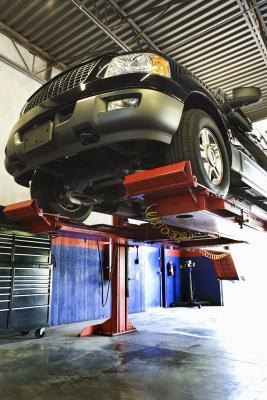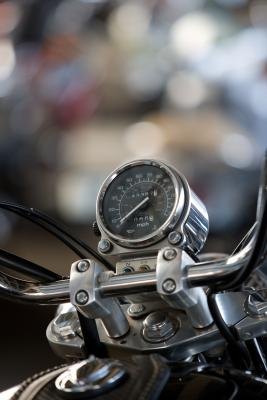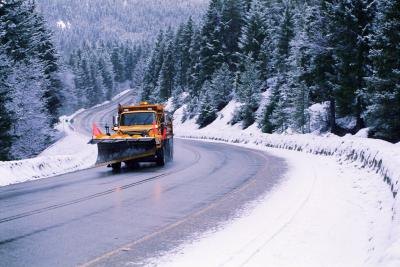Catalytic Converter Properties
Monday, November 17, 2014 | Labels: catalytic, converter, properties | 0 comments |
Although automobiles may represent one of the most useful, convenient inventions of the modern age, they also represent one of the largest sources for pollution. Devices called catalytic converters reduce this pollution in large part by using an ingenious chemical method that has stood the test of time with only minimal inements.
Why They Are Necessary
Internal combustion engines mix air and fuel (usually gasoline or diesel) in precise amounts. A timed spark plug ignites this compressed mixture inside a sealed cylinder, and this combustion process basically gives a vehicle its power. After the process finishes, whats left of the mixture exits out of the cylinder through one of its valves; this repeats itself several thousand times per minute. Achieving the right mixture of air and fuel is very difficult, but even in perfect conditions some unburned fuel exits the cylinder. This unused fuel, made up mainly of substances that include hydrocarbons (HC), carbon monoxide (CO) and nitrogen oxide (NOx), would pollute the air if it came out unchecked through the vehicles exhaust gas.
Explaning Catalysts
A catalytic converter essentially "cleans up" engine emissions by changing them to safer, less-polluting substances. It does this by means of a catalyst. To know what a catalyst does, you need to brush up on Chemistry 101. In normal conditions, a chemical reaction needs a certain amount of energy for it to occur. A catalyst simply reduces the amount of energy needed for such a reaction to take place. In other words, a catalyst makes it easier for a substance to chemically combine with another. Commonly, a different substance altogether results from this chemical combination.
How Catalytic Converters Work
Specifically, a catalytic converter needs to change harmful molecules that have escaped the engines combustion process, namely HC, CO and NOx. The catalyst facilitates the reaction of these molecules with oxygen in a process known as oxidation. Through this process, the catalyst turns HC and CO into carbon dioxide and water, substances much less harmful to the environment. The catalyst consists of a thin coating usually made of platinum. The coating is applied to a substrate material---basically a porous honeycomb made of ceramic or metal---that the gases must come through to react with the catalyst. Platinum molecules are so small that their atoms are close to the surface and act as a kind of glue to which the unburned fuel briefly adheres itself to. This in turn facilitates their reaction with the oxygen and results in their benign transformation, according to Louis Bloomfield, a physics teacher at the University of Virginia and author of the book "How Everything Works."
Types of Catalytic Converters
"Two-way" converters, which perform the process just described, were introduced in passenger vehicles since the 1975 model year. To address the NOx emissions three-way converters were developed, which added an additional step ---called reduction--- to the oxidation process carried out by two-way converters. This entailed first "cleaning up" NOx emissions by splitting them into its nitrogen and oxygen components, and then carry out the oxidation process as before. This proved a challenge because the reduction process required the gases coming out of the engine to have a rich air/fuel mix, meaning theres plenty of unburned fuel in the gas, while the oxidation process required the mix to be the exact opposite, a lean air/fuel mix. Early three-way converters got around this problem by introducing oxygen between the reduction and oxidation stages to even the playing field in both stages, according to CatalyticConverter.org, an industry sponsored site organized to provide automotive consumer education. Modern three-way converters combine their work with oxygen sensors and more efficient engines that change back and forth between lean and rich conditions to cut back on unburned pollutants.
Possible Failures
One of the shortcomings of catalytic converters is that they need to be at a certain temperature to work. That means they dont work in the first few minutes after you turn on your car. Ironically, the most likely way a catalytic converter could break down is by overheating. This would happen usually as a result of too much unburned fuel coming down from the engine. In the days of leaded gasoline, lead could damage the device by placing a coating over the catalysts and obstructing them. Other possible failures include sudden changes in temperature that can damage the ceramic substrate or physical damage caused by impacts with road debris.














